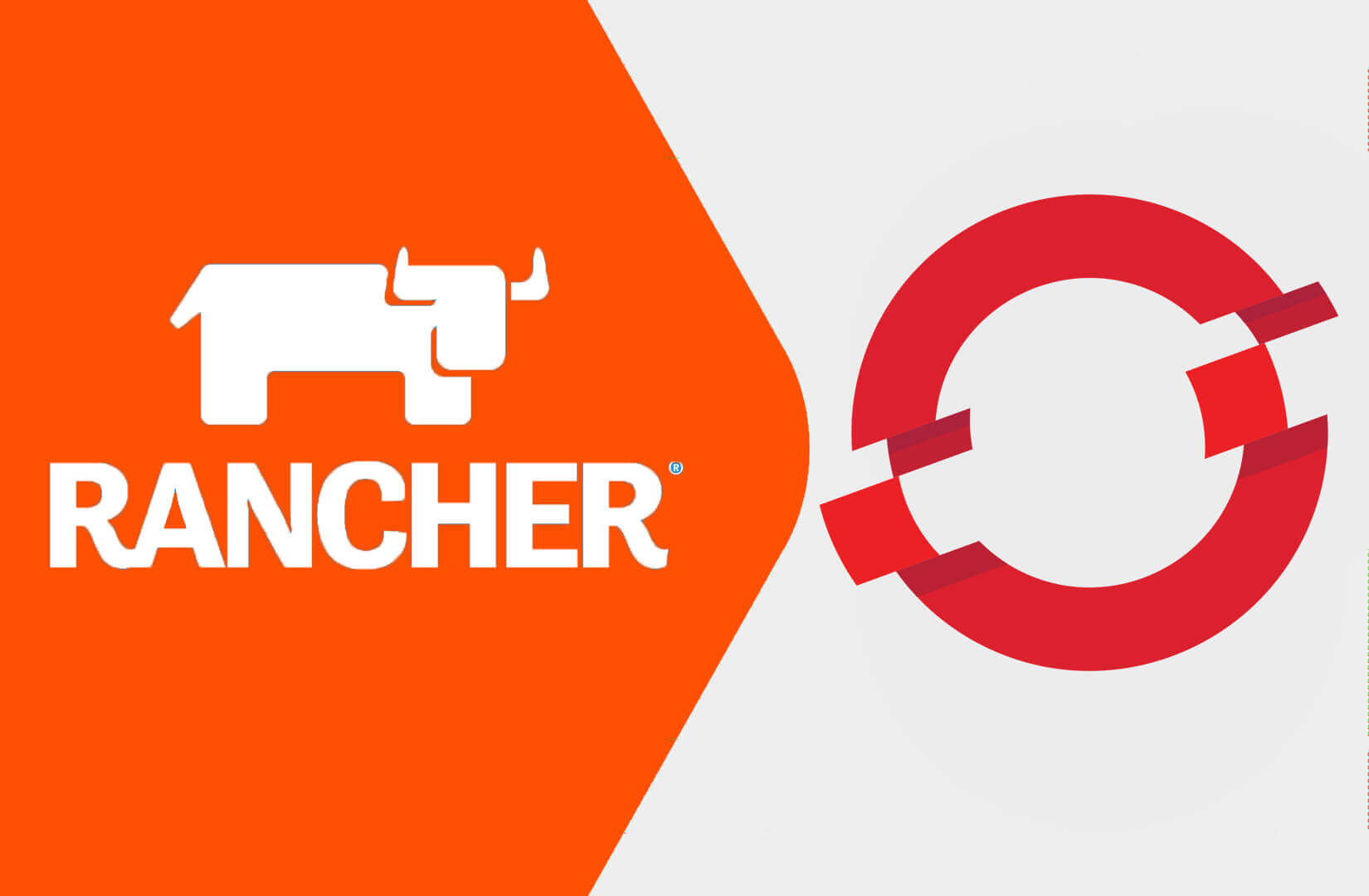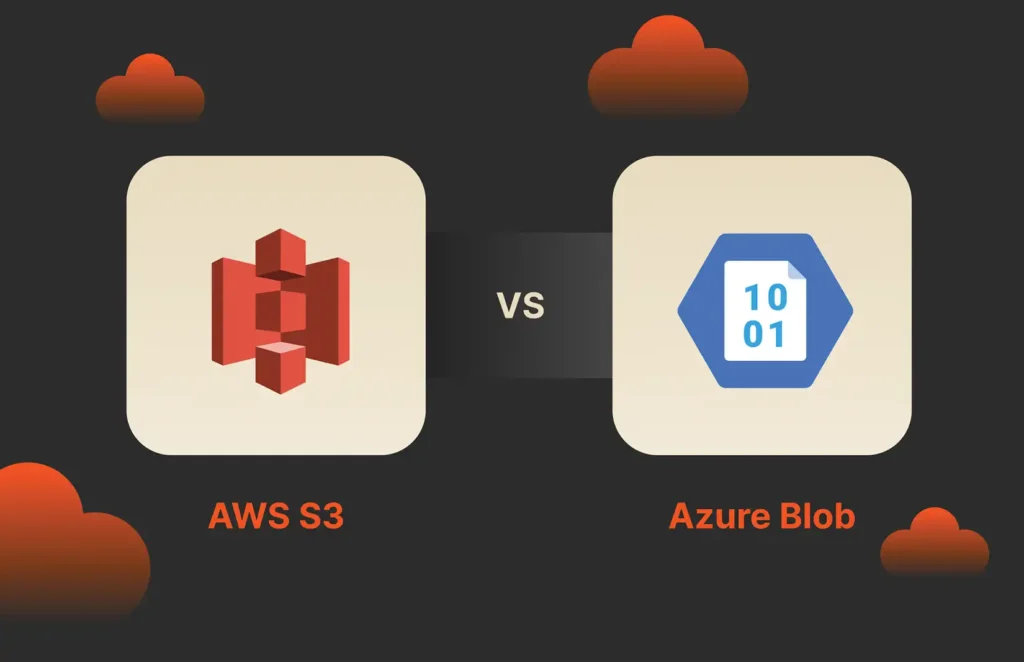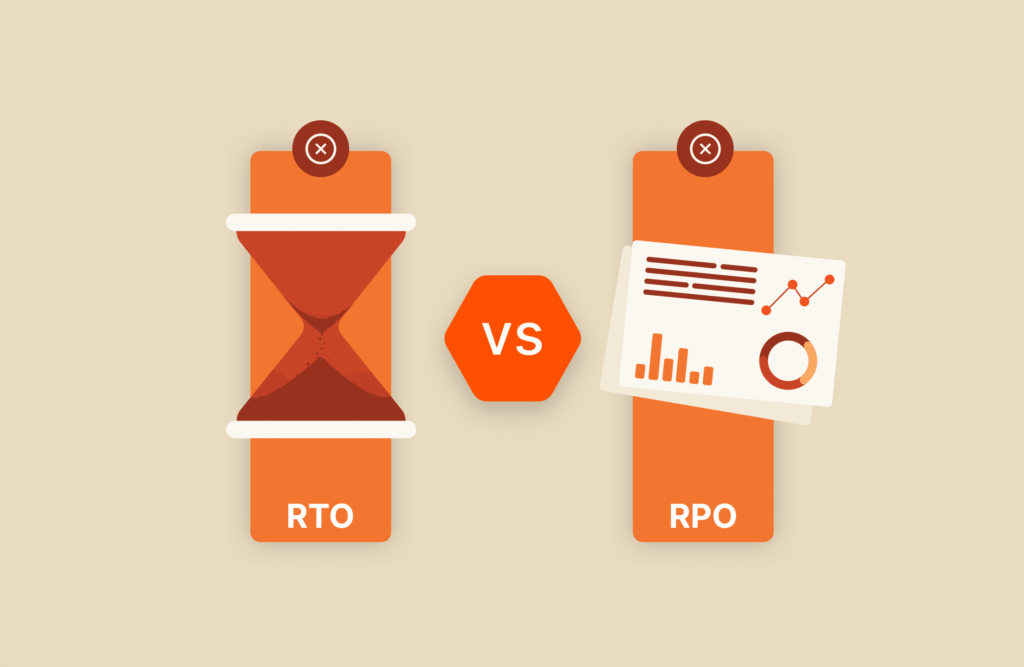Summary
Rancher and OpenShift are tools used for managing containerized applications. Rancher is an open source platform, while OpenShift is a Kubernetes-based platform developed by Red Hat.
Containerized applications are rapidly changing the way we develop and deploy software. These lightweight, portable packages offer faster deployments, easier scaling, and improved resource utilization. However, managing these containers at scale can be a challenge. That’s where container orchestration platforms like Rancher and OpenShift come in. They provide the tools and features needed to automate container deployment, scaling, and management, allowing businesses to reap the full benefits of containerization.
Selecting the right platform can significantly influence a company’s operational efficiency, scalability, and security. This article will compare the features of these two orchestration tools and help you decide which platform fits your needs.
What Is Rancher?
Rancher is an open source platform that simplifies the management of Kubernetes clusters. Designed to streamline Kubernetes deployment and operation, it offers a comprehensive suite of tools for developers, DevOps teams, and IT admins.
Rancher offers features such as:
- Multi-cluster management: Rancher enables users to manage multiple Kubernetes clusters from a single interface, whether they’re on premises, in the cloud, or at the edge. This centralized approach simplifies policy enforcement, resource optimization, and application rollouts across all clusters.
- User-friendly interface: Rancher’s web-based interface provides a visual overview of clusters, workloads, and deployments, making it easy to manage complex container environments.
- Extensive integrations: Rancher integrates seamlessly with popular tools like GitLab, Jenkins, Prometheus, and major cloud providers like AWS, Azure, and GCP, streamlining workflows and enhancing operational efficiency.
- Lightweight distribution: Rancher provides a lightweight Kubernetes distribution called Rancher Kubernetes Engine (RKE), which is easy to deploy and manage.
What Is OpenShift?
OpenShift, developed by Red Hat, is a Kubernetes-based platform that offers a complete solution for deploying and managing containerized applications. It integrates seamlessly with Red Hat’s ecosystem, providing a robust environment for enterprise-grade applications.
Some key features OpenShift offers include:
- Integrated developer tools: OpenShift’s web console provides a centralized platform for managing applications, while source-to-image (S2I) builds automate container image creation from source code. Additionally, built-in CI/CD pipelines streamline the application development lifecycle.
- Enhanced security: The platform offers built-in security features such as automated updates, policy enforcement, and compliance checks.
- Hybrid cloud support: OpenShift supports hybrid cloud environments, allowing applications to run seamlessly across on-premises and cloud infrastructures.
- Operator framework: OpenShift utilizes Operators, which are software packages that automate the deployment, configuration, and management of applications on Kubernetes. This simplifies application lifecycle management and reduces operational overhead.
Rancher vs. OpenShift: Feature Comparison
Both offer a variety of interesting features. Let’s compare them across various feature categories.
Ease of Use
Known for its user-friendly interface, Rancher simplifies Kubernetes cluster management. Its web UI provides clear visualizations of cluster health, resource allocation, and application deployments. Intuitive drag-and-drop functionality simplifies workload management, making it a good choice for users new to Kubernetes.
While powerful, OpenShift has a steeper learning curve due to its comprehensive feature set and enterprise focus. Its web console offers a rich set of functionalities, but it may require more initial investment in learning. However, Red Hat provides excellent documentation, tutorials, and a supportive community to help users navigate the platform effectively.
Integration Capabilities
Rancher supports extensive integrations with various tools and services. It integrates seamlessly with popular CI/CD tools like Jenkins and GitLab, monitoring systems like Prometheus, and major cloud providers like AWS, Azure, and GCP. This flexibility allows Rancher to fit into diverse environments.
OpenShift integrates deeply with Red Hat’s ecosystem, including Red Hat Enterprise Linux and OpenShift Container Storage. Additionally, it supports a wide range of third-party tools and services through its Operator Hub. This allows for flexible integrations within diverse environments but with a stronger focus on Red Hat products.
Multi-cluster Management
Rancher excels at managing multiple Kubernetes clusters from a centralized location. It enables consistent policy enforcement, resource optimization, and streamlined application rollouts across all clusters.
While OpenShift can manage multiple clusters, it requires the Advanced Cluster Management (ACM) add-on for a comprehensive multi-cluster management experience. This add-on might incur additional costs.
Lightweight Distribution
Rancher provides Rancher Kubernetes Engine (RKE) as a lightweight Kubernetes distribution that’s easy to deploy and manage on various infrastructure environments.
OpenShift does not offer a separate lightweight distribution. It focuses on a more opinionated approach to managing Kubernetes clusters.
Developer Tools
Rancher integrates with various developer tools, but the core functionality is focused on cluster management. Developers might need to leverage external tools for specific tasks within the Rancher ecosystem.
OpenShift offers a more comprehensive set of built-in developer tools, including a web console, S2I builds for container image creation, and integrated CI/CD pipelines. This streamlines the development process within the OpenShift environment.
Rancher vs. OpenShift: Performance and Scalability
Rancher’s performance and scalability are optimized for multi-cluster environments. It efficiently manages resources across clusters, ensuring balanced load distribution and high availability. Rancher’s lightweight Kubernetes distribution, RKE, further enhances its performance by minimizing overhead.
OpenShift is designed for enterprise environments, offering robust performance and scalability. Its support for hybrid cloud deployments ensures that applications can scale across different infrastructures seamlessly. OpenShift’s Operator Framework also automates many aspects of application management, contributing to improved performance and resource utilization.
Rancher vs. OpenShift: Security and Compliance
Rancher offers solid security features, including:
- Role-based access control (RBAC): Ensures that only authorized users have access to specific resources.
- Cluster isolation: Prevents unauthorized access between clusters.
- Vulnerability scanning: Integrates with tools like Clair to scan container images for vulnerabilities. (Note: May require additional configuration for advanced security needs.)
OpenShift excels in security and compliance, with features such as:
- Automated updates: Keeps the platform secure with regular updates and patches.
- Compliance checks: Ensures that deployments meet industry standards and regulations.
- Policy enforcement: Leverages Open Policy Agent (OPA) to enforce security policies consistently across the platform.
- Certifications: OpenShift is certified to meet various industry standards, enhancing its suitability for regulated industries.

BUYER’S GUIDE, 14 PAGES
Reevaluating Your Virtualization Strategy?
Explore your options in our guide to modern virtualization.
Rancher vs. OpenShift: Community and Support
Rancher has a vibrant open source community that provides a wealth of resources, including documentation, forums, and third-party tutorials. The community is active and regularly contributes to the platform’s development. This allows users to find solutions, collaborate with peers, and benefit from community-driven innovation.
OpenShift benefits from Red Hat’s extensive support network, offering enterprise-level support plans with service level agreements (SLAs) for guaranteed response times and issue resolution. Additionally, Red Hat provides comprehensive documentation, access to a global community of users and developers, and certifications/training programs, ensuring users have a robust support system.
Rancher vs. OpenShift: Pricing and Licensing
Rancher is open source and free to use, with enterprise support available through subscription plans. The pricing is flexible and can be tailored to the needs of businesses of all sizes. The free, open source version provides core features like cluster management and basic security. Paid subscriptions provide additional functionalities like advanced security controls, centralized governance, and priority support.
OpenShift follows a subscription-based pricing model, with options for on-premises, cloud, and hybrid deployments. The pricing varies based on the level of support and additional features required. OpenShift also offers a free trial and a developer version for smaller-scale projects. While specific pricing details may not be publicly available, OpenShift’s pricing generally caters to enterprise deployments and may have a higher cost compared to Rancher’s open source model.
Final Words
Rancher and OpenShift are powerful tools for managing containerized applications, catering to different needs. Pure Storage integrates well with Red Hat OpenShift for consistent and persistent storage. Regardless of whether you choose Rancher or OpenShift, Portworx® by Pure Storage delivers the best persistent storage solution for Kubernetes, ensuring efficient and secure management of your containerized workloads.

Written By:
Try Portworx
Take a free test drive in the virtual lab.






